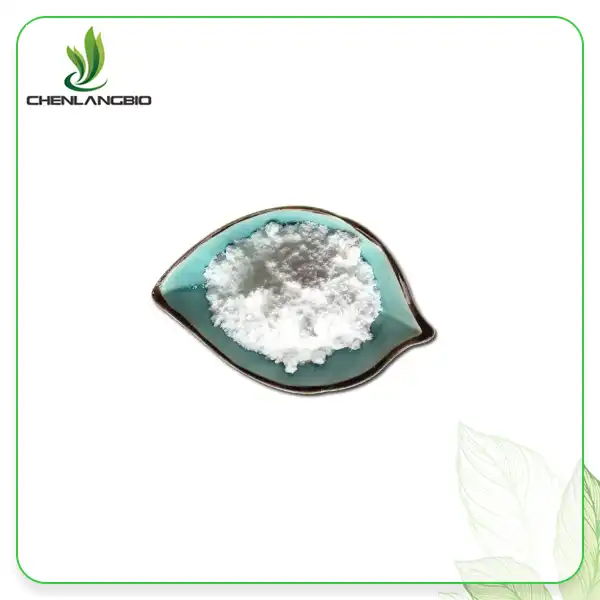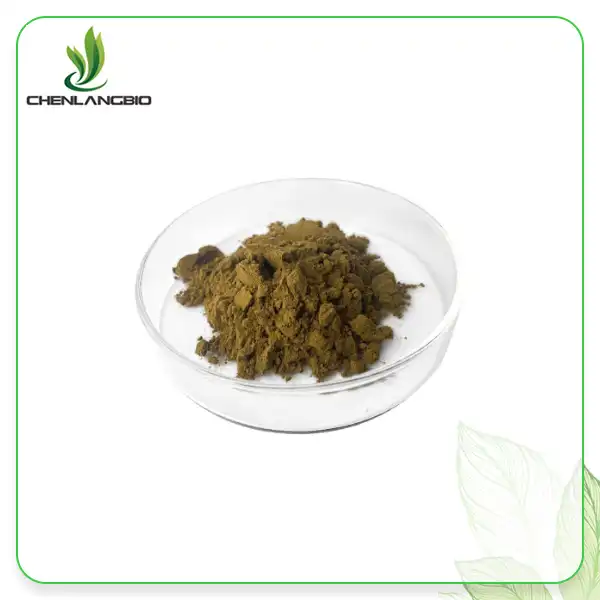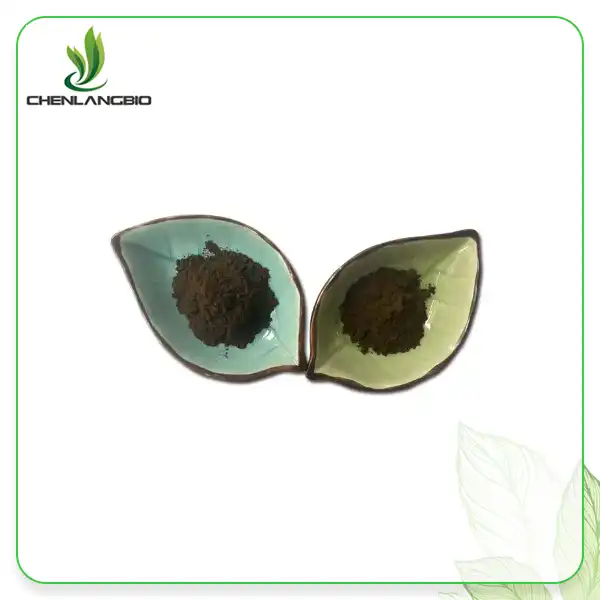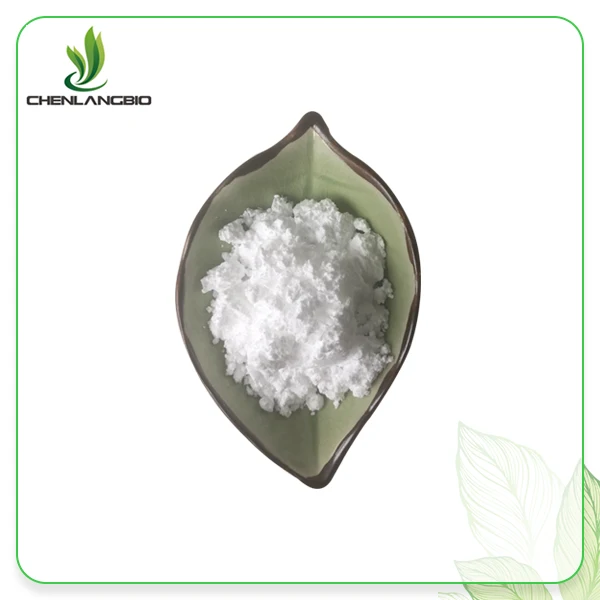Finasteride vs Minoxidil: Which Treatment Delivers Better Hair Regrowth in 2025?
2025-11-17 09:28:06
Finasteride powder has become a cornerstone ingredient in the global hair-loss treatment industry, particularly for manufacturers developing prescription-grade oral tablets, topical DHT-blocking solutions, or private-label men’s health formulations. While minoxidil is widely recognized as the most commonly used topical growth stimulant, these two ingredients operate through completely different biological pathways, making a direct comparison meaningful only when grounded in clinical pharmacology, mechanistic data, and long-term outcomes.
CHEN LANG BIO TECH provides an in-depth assessment of both compounds from the perspectives of clinical efficacy, biological mechanisms, long-term stability, safety, formulation strategy, and commercial applications—giving companies looking to buy finasteride powder, assess suppliers, or develop advanced regrowth products a highly technical and decision-ready reference.
Which Is More Effective—Finasteride Powder or Minoxidil?
Finasteride powder demonstrates superior clinical performance in androgenetic alopecia because it directly addresses the hormonally mediated pathology driving follicular miniaturization. Minoxidil, while effective as a follicular stimulator, does not regulate androgen pathways, meaning its long-term structural impact is more limited.
Clinical outcomes from multi-center studies:
Finasteride (1 mg/day):
▸ Increased hair density in ~80% of male patients
▸ Prevented further loss in >85%
▸ Demonstrated progressive improvement over 12–24 months
Minoxidil (5% topical):
▸ Visible improvement in 50–55%
▸ Best for early or diffuse thinning
▸ Tends to plateau after 12–18 months
Combination therapy:
▸ Response rate >90%
▸ Faster onset and greater density improvement
▸ Now considered the global standard of care
From a biological perspective, the question is not “which is better,” but how the two complement each other, especially when finasteride powder is used to formulate oral or topical DHT-reducing products.
Mechanistic Differences: Why Finasteride Powder Drives Deeper, Long-Term Improvements
Finasteride Powder: Pharmacology and Mechanistic Depth
Finasteride powder functions as a selective inhibitor of type-II 5α-reductase, an enzyme responsible for converting testosterone into dihydrotestosterone (DHT). Excess DHT progressively miniaturizes hair follicles, shortens the anagen phase, and increases perifollicular inflammation.
Mechanistic advantages:
Reduces scalp DHT by 60–70%;
Reverses miniaturization at the follicular root;
Normalizes anagen/telogen ratios;
Preserves dermal papilla function;
Provides multi-year stability when used consistently.
This makes finasteride powder the only non-surgical ingredient capable of structurally restoring the follicular environment.
Minoxidil: Follicular Stimulation Without Androgen Regulation
Minoxidil acts as a potent potassium channel opener that widens scalp blood vessels and increases nutrient and oxygen delivery to follicles. It enhances ATP availability and accelerates transition from telogen to anagen.
Strengths:
Rapid visible response;
Works regardless of DHT level;
Effective in both genders;
Useful for postpartum shedding, telogen effluvium, or diffuse thinning.
Limitations:
Does not reduce DHT;
Follicular diameter cannot be maintained without hormonal protection;
Stopping treatment leads to rapid regression.
This mechanistic limitation explains why minoxidil monotherapy rarely matches the long-term performance of finasteride API–based formulations.
Finasteride vs. Minoxidil: A Detailed Clinical Safety & Side-Effect Analysis
Understanding the safety profile of finasteride powder and minoxidil is essential for formulators, clinicians, and global buyers who develop finished dosage forms. Although both ingredients are well-established in hair-loss therapy, their side effects arise from fundamentally different biological pathways. Below is a detailed clinical evaluation that reflects real-world pharmacology, dose relationships, long-term patterns, and risk management strategies.
Finasteride powder: Systemic Hormonal Impact and Safety Considerations
Because finasteride powder is used to formulate oral or topical 5α-reductase inhibitors, its safety profile varies significantly depending on the delivery route, concentration, and vehicle system.
1. Hormonal Mechanism and Systemic Exposure
Oral finasteride reduces serum and scalp DHT levels by 60–70%, which provides therapeutic benefit but may also create hormonal fluctuations. These effects are dose-dependent:
0.2 mg/day: Detectable DHT reduction with minimal systemic impact
1 mg/day (standard dose): Optimal efficacy-to-safety balance
5 mg/day: Higher systemic exposure, generally used only for BPH
2. Sexual Function Effects
Sexual side effects remain the most discussed category, though large-scale data consistently show they are uncommon, reversible, and often dose-related.
Documented frequencies:
Reduced libido: 0.3–1.8%
Erectile dysfunction: 0.4–1.3%
Ejaculatory volume changes: ~0.3%
Clinical findings indicate:
Symptoms typically diminish within weeks after discontinuation.
Most cases occur in the first 90 days, rarely afterward.
Psychological expectation may contribute to perceived symptoms in a subset of users.
3. Mood and Neurochemical Effects
A limited number of reports have explored mood alterations such as “low mood” or “reduced stress tolerance.” Mechanistically, this is hypothesized to relate to:
Modest changes in neurosteroid levels
GABAergic modulation
Stress-response signaling pathways
While rare, clinicians typically monitor:
Individuals with a history of anxiety or depression
Patients using higher-than-recommended doses
Long-term monotherapy users experiencing unexplained mood variability
4. Dermatological and Follicular Reaction (Topical Finasteride)
When finasteride powder is formulated into topical solutions (0.025–0.25%):
Scalp dryness or mild irritation may occur depending on alcohol concentration
Shedding cycle activation is common during the first 4–8 weeks (anagen shift)
Systemic absorption is significantly lower than oral administration
This makes topical formulations attractive for users concerned about systemic effects.
5. Rebound Effect upon Discontinuation
A frequently overlooked clinical detail:
After stopping finasteride, DHT returns to baseline within 14–30 days
Shedding usually begins 2–4 months later
Patients with strong androgen sensitivity may experience rapid reversal of gains
This underscores the importance of long-term maintenance planning when developing patient protocols.
Minoxidil: Dermatological and Cardio-Related Considerations
Unlike finasteride powder, minoxidil does not influence androgen metabolism; therefore, its side effects relate primarily to vascular and dermatological mechanisms.
1. Scalp Irritation & Barrier Response
Most reactions arise from the vehicle rather than the active ingredient:
Alcohol / propylene glycol irritation
Contact dermatitis
Flaking, dryness, erythema
Sensitization to preservatives
Formulations using liposomal, anhydrous, or low-ethanol systems significantly reduce irritation frequency.
2. Transient Shedding Phase
Minoxidil accelerates the shift from telogen to anagen, causing shedding in:
~20–25% of users
Typically starting around week 2–6
Resolving after 4–8 weeks
This is a sign of treatment responsiveness rather than failure.
3. Hypertrichosis (Unwanted Hair Growth)
A notable minoxidil-specific effect:
Increased hair on face or body
More common in women
Occurs through systemic low-dose absorption
Adjusting application technique and concentration mitigates risk.
4. Cardiovascular Considerations (High-dose oral use)
Oral minoxidil, used in specialized clinical settings at low doses (0.25–2.5 mg):
May cause fluid retention
Tachycardia or palpitations in sensitive individuals
Requires physician monitoring
This has no relevance to topical OTC formulations but is important for clinics offering compounded oral therapy.
Comparative Clinical Perspective
|
Parameter |
Finasteride Powder (Oral) |
Finasteride (Topical) |
Minoxidil (Topical) |
|
Mechanism |
Hormonal (5α-reductase inhibition) |
Local hormonal modulation |
Vascular stimulation |
|
Common Side Effects |
Libido changes, ED (rare), mood fluctuations |
Mild scalp irritation |
Scalp dryness, shedding, hypertrichosis |
|
Systemic Risk |
Moderate |
Very low |
Very low |
|
Onset of Action |
3–6 months |
2–4 months |
6–12 weeks |
|
Long-term Stability |
Excellent |
Excellent |
Moderate (plateaus) |
|
Major Advantage |
Stops miniaturization |
Low systemic exposure |
Rapid stimulation |
Why Combination Therapy Delivers the Highest Regrowth Success
When finasteride powder (oral or topical) is used alongside minoxidil, the treatment addresses the two essential biological requirements for follicular recovery:
Stop the degenerative trigger (DHT)
Activate new growth (minoxidil)
Clinical synergy documented in research:
Hair count improvement: 80–90% of subjects
Faster visible response (8–12 weeks)
Greater follicular diameter increases
Lower relapse rates after 12–24 months
Higher patient satisfaction and adherence
Commercial benefits for brands:
Stronger product differentiation
Higher retention and subscription renewals
More robust clinical claims
Ability to serve multiple demographics
Why Work With CHEN LANG BIO TECH as Your Finasteride Supplier?
henLangBio is positioned as a specialized supplier of high-purity finasteride powder, supporting pharmaceutical manufacturers, private-label brands, compounding pharmacies, and global distributors.
Technical & Manufacturing Advantages
GMP, ISO9001, ISO22000, HALAL, and Kosher certified
HPLC purity typically ≥99%, verified per batch
Full analytical suite: HPLC-ELSD, UV-Vis, AFS, microbial profiling
Batch-level traceability and long-term stability documentation
Controlled impurity profiles aligned with international specifications
Operational Capabilities
300–500 kg rolling stock for stable global supply
2–3 day dispatch for most orders
Pharmaceutical-grade packaging
Support for regulatory filing (DMF-ready documentation available)
Technical Collaboration
Our team regularly assists international partners with:
Topical finasteride formulation (alcohol-based, liposomal, anhydrous)
Solubility modification strategies
Comparative DHT inhibition data
Oral tablet granulation guidance
Quality-by-design (QbD) documentation
Conclusion
Minoxidil and finasteride are not interchangeable; they address different biological pathways essential for scalp recovery. Minoxidil drives rapid activation, while finasteride powder provides the critical hormonal stability required for sustained hair regrowth. For companies developing advanced therapeutics or premium consumer products, finasteride API remains the core ingredient that determines long-term treatment success. Finasteride vs Minoxidil, please contact us email: admin@chenlangbio.com if you need more information about these powders.









